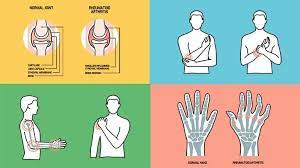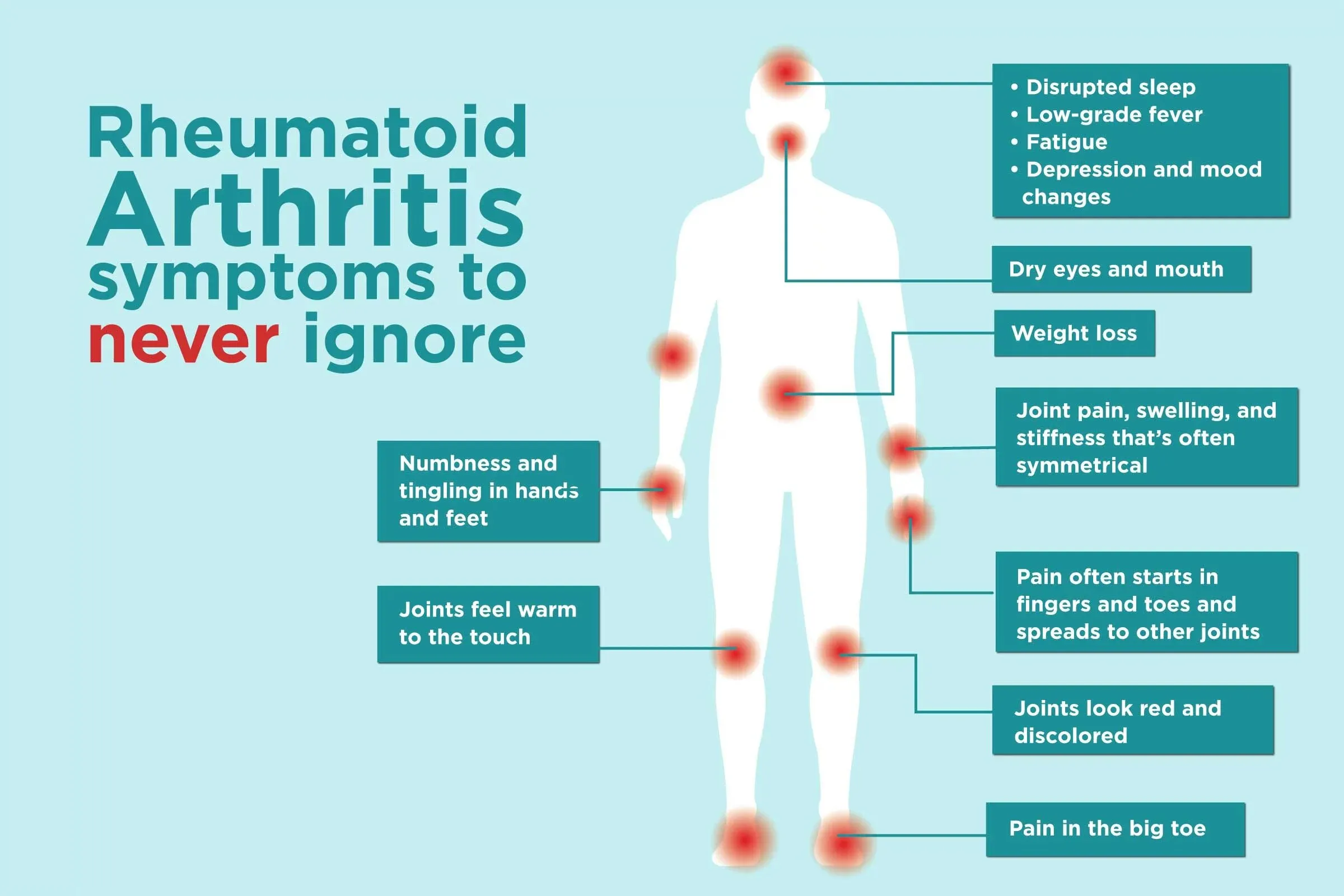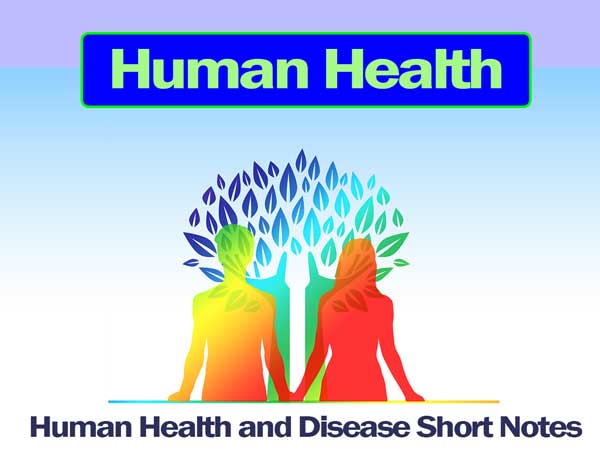Alcohol Use Disorder (AUD) is a chronic condition characterized by the excessive consumption of alcohol, leading to physical and psychological dependence on the substance. It is a serious health condition that can have devastating effects on individuals, families, and society as a whole. The causes of AUD are complex and multifaceted, and can include genetic, environmental, and social factors. Additionally, stress, trauma, and mental health disorders can also contribute to the development of AUD.
The effects of AUD can be wide-ranging and severe. In addition to the physical health effects, such as liver disease, cancer, and neurological disorders, AUD can also have serious psychological and social consequences. It can lead to problems with relationships, work, and legal issues. Additionally, individuals with AUD may experience anxiety, depression, and other mental health issues.
Effective treatment for AUD is available and can involve a combination of behavioral therapies, medications, and support groups. Behavioral therapies, such as cognitive-behavioral therapy, can help individuals with AUD learn coping skills and strategies to manage their cravings and triggers. Medications, such as acamprosate and naltrexone, can also be used to help reduce cravings and support recovery. Support groups, such as Alcoholics Anonymous, can provide a sense of community and ongoing support for individuals in recovery.
Prevention is also an important aspect of addressing AUD. Education and awareness campaigns can help raise awareness about the risks associated with alcohol consumption and help individuals make informed decisions about their alcohol use. Additionally, policies such as taxation, licensing, and restrictions on advertising can also help reduce the prevalence and impact of AUD.
It is important to seek help for AUD as soon as possible, as early intervention can lead to more positive outcomes. Seeking support from friends, family, and healthcare professionals can be an important step in the recovery process.
















